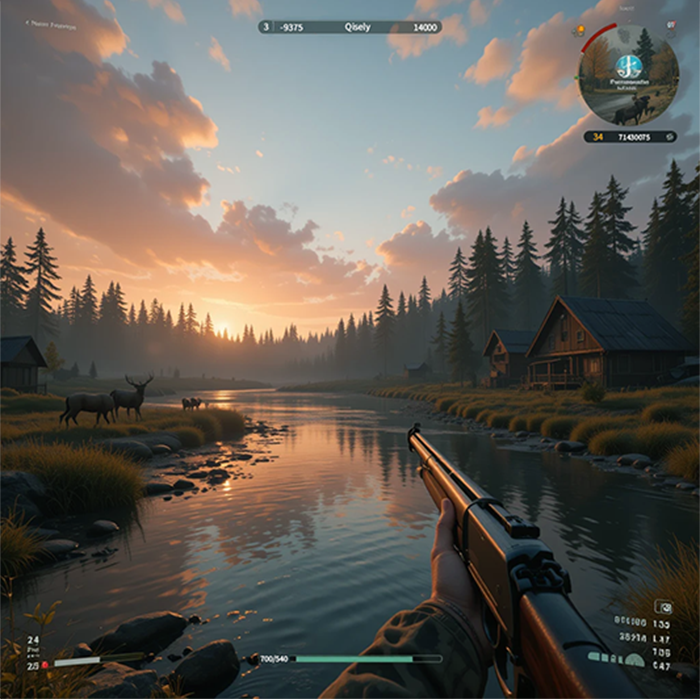Last Updated: 14 jan 2024
FPS Shooting
An immersive AR/VR FPS shooting game with multiple action-packed levels, offering players a unique experience in a highly interactive environment. Developed in Unity, the game features realistic combat scenarios, intricate level designs, and engaging VR mechanics, bringing a new dimension to shooting gameplay.
Challenges
Creating an immersive and smooth AR/VR experience presented several unique challenges. The complexities of managing precise VR controller input for seamless interactions, ensuring that physics for shooting and object interactions were accurate, and designing dynamic levels that could keep players engaged throughout their experience were key areas of focus. Overcoming these challenges required a blend of optimizing both hardware and software, along with a thoughtful approach to gameplay design to ensure that players felt fully immersed in the virtual world without interruptions or frustrations.
- Optimizing game performance for smooth AR/VR experience.
- Handling VR controller input for seamless interaction.
- Ensuring accurate physics for shooting and object interaction.
- Designing dynamic levels that keep players engaged.

Solutions
Creating an immersive and smooth experience in AR/VR games comes with a set of unique challenges. These include optimizing game performance across various devices, handling precise VR controller inputs for seamless interaction, ensuring realistic physics for shooting and object interactions, and designing dynamic levels that keep players engaged. Addressing these challenges effectively was crucial to providing a captivating experience while maintaining high performance and responsiveness in real-time. Below are the solutions I implemented to overcome these hurdles and deliver an engaging AR/VR experience.
To ensure a seamless AR/VR experience, I implemented a series of optimization techniques in Unity. This included strategies such as occlusion culling, optimizing textures and models, and reducing draw calls to enhance performance. These optimizations significantly improved frame rates, ensuring smooth gameplay even on lower-end AR/VR devices and providing players with a more immersive experience.
For handling accurate VR controller input, I integrated Unity’s XR Toolkit, which allowed for responsive and precise control interactions. This solution ensured that players could naturally aim, shoot, and interact with the environment, providing a realistic and immersive experience across both AR and VR platforms. The intuitive controller input helped maintain a high level of engagement without frustrating delays or inaccuracies.
To further enhance the gaming experience, I fine-tuned Unity’s physics engine to ensure that object interactions, such as shooting and recoil effects, were both realistic and responsive. This included adjusting bullet trajectories and ensuring consistent, lifelike object behaviors. Additionally, I employed procedural generation to create dynamic levels, ensuring that each session provided unique, engaging environments that adapted to player actions, thus keeping the gameplay fresh and challenging.
Liked
hello@jahanzeb.me
Share your vision with us, let us turn it into reality! 🚀 Get in Touch Today.
GET IN TOUCH
Fill out my form below and send me an email.


